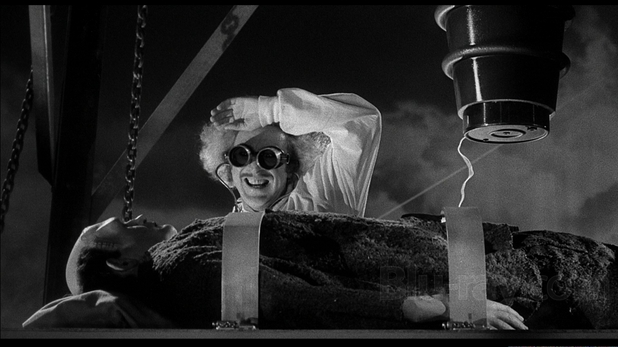As Christopher notes, we've been hamming this around quite a bit. There are a few studies which are suggestive (although certainly not definitive) that it's a safe practice, and one which suggests it may not be. There are also anecdotal reports from a number of practitioners (various levels, but mostly attending physicians) who have been doing this regularly for some time now, so far without any hair-raising explosions. Salt Lake City (Youngquist's operation) is the first area I've seen to explicitly recommend (although not require) it.
But obviously, the gap between "probably okay" (i.e. much of what we do every day) and "okay for 100% of providers, we're going to make it a top-down policy" is pretty big; in fact even SLC has temporarily removed the "option" due to an abundance of caution.
This whole business very closely mirrors C-spine and various other practices, where everyone has a horror story about a "friend of a friend" who died horribly due to going against the grain, so I think "abundance of caution" is probably going to be the name of the game for a while. However, on an individual provider level, I think it's very much within the realm of reason, especially if you double- or triple-glove, have some kind of interposed feedback device, or maybe get one of those mats. (Remember that the path your body offers to that electricity should, for the most part, always be far less appealing than the short arc between the pads.)
If you're not doing it, I still hope that you're compressing right up through the charging phase and only coming off the chest for 1-2 seconds at most for the actual shock. The trouble is that this is often much longer in actual implementation by the rank and file.



